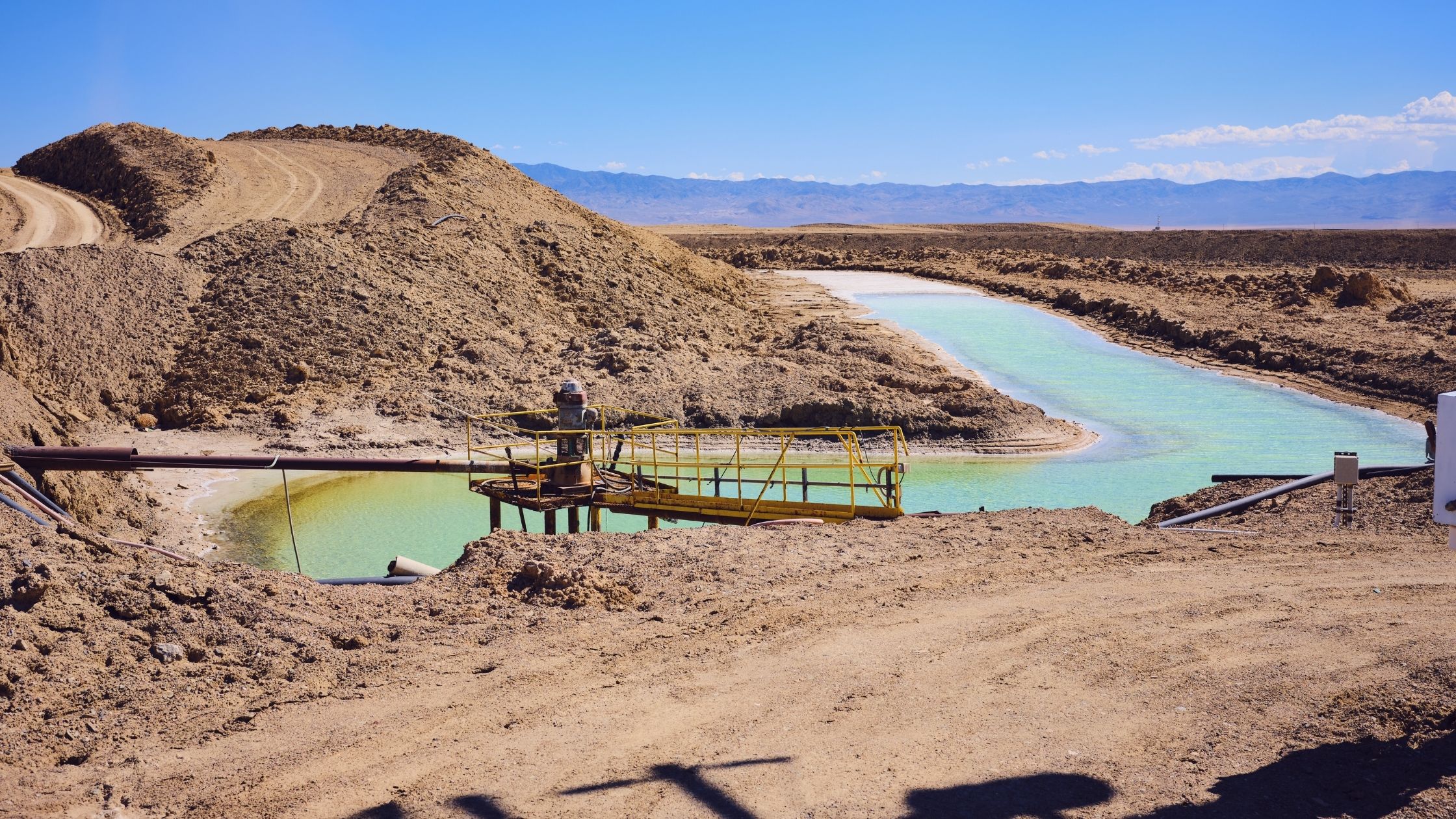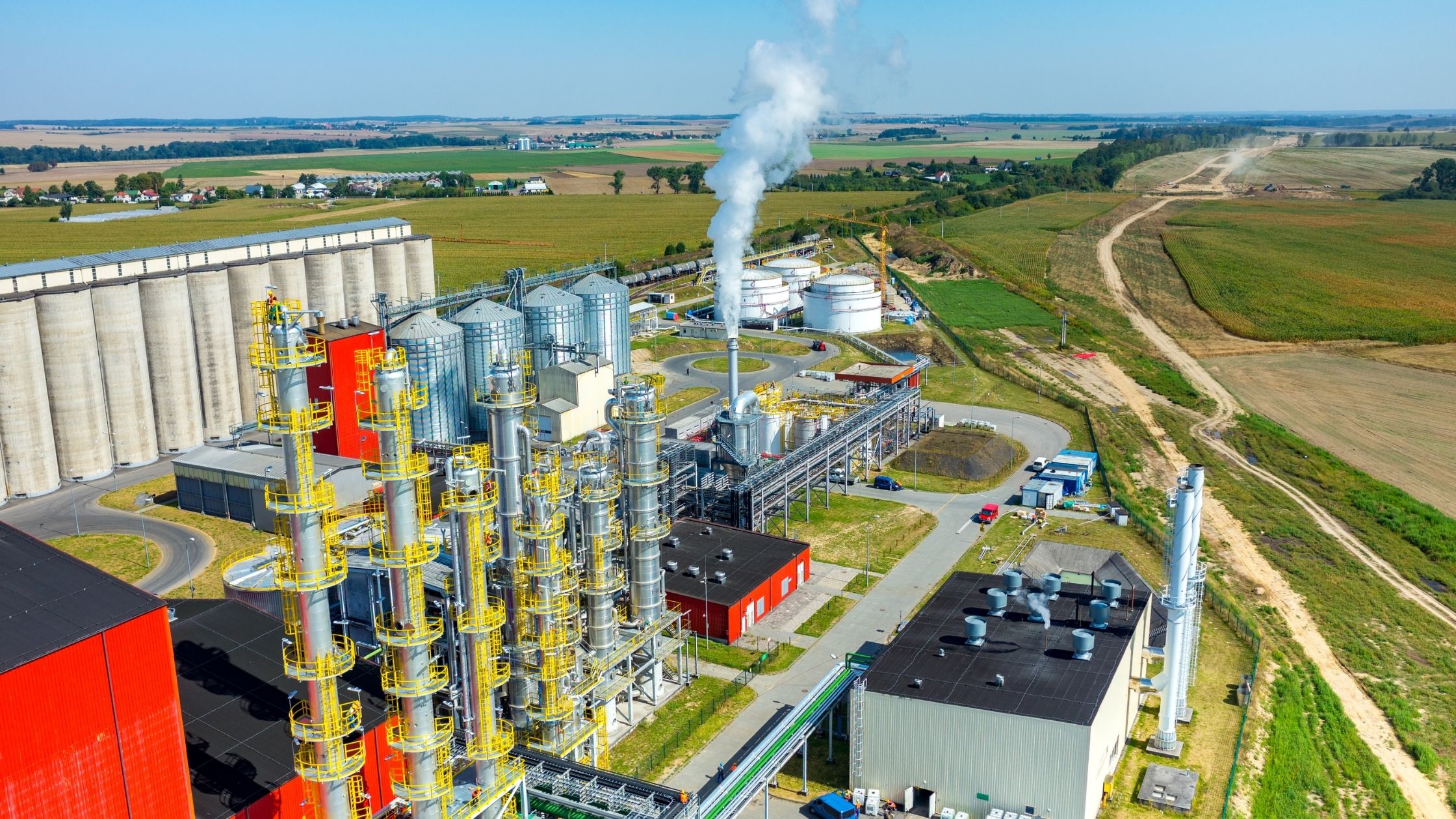
The inconvenient truth about tree planting
What’s happening? The UK government’s tree-planting targets are likely to be missed due to the fact there are not enough trees or people to plant them, according to leading forestry figures. Increased demand means that nurseries are already running out of trees at the beginning of the planting season, claims the Horticultural Trades Association. A shortage of workers in the sector has also been exacerbated by Brexit and inadequate investment in workforce training. (The Guardian)
Why does this matter? China has promised to grow 35 million hectares of new forests by 2050 to create a Great Green Wall. The World Economic Forum has launched an initiative to plant one trillion trees by 2030. And if you’re a regular user of Instagram, you’ve probably just seen a lot of people posting pictures of their pets to participate in a viral tree planting campaign.
Safe to say, reforestation projects are incredibly popular right now. But, while they can make a valuable contribution to wider climate change mitigation efforts, tree planting campaigns are far from being a silver bullet.
The right trees in the right place – Whether reforestation campaigns are successful or not depends on a variety of factors. Alongside considerations around worker and sapling availability, it is important to choose the right type of tree. A report by the Woodland Trust found that more than half of all new trees planted in the UK are non-native species, which have less value for local biodiversity and can significantly alter the character of natural habitats. Rhododendron, for example, is an invasive species that is particularly harmful to native wildlife, actively reducing the number of earthworms, birds and other plants around it.
To achieve optimal climate benefits, it is also essential to find the right location for the trees. A study by the Grantham Institute has warned that converting existing native ecosystems such as savannas or peatlands into forests could end up generating more greenhouse gas emissions and should generally be avoided.
The socioeconomic context matters – A forest can take decades or centuries to mature, so in order to survive, it has to be integrated into local communities that can manage and protect it from fires and logging. In contrast, reforestation campaigns that fail to take local economic, social and political conditions into account are often set to fail.
In Himachal Pradesh, a state in northern India, a decade-long reforestation project that started in the 1980s did not lead to a significant increase in forest cover. Researchers suggested this could be due to the fact trees were planted in unsuitable habitats – leading to higher mortality rates – and local communities had little incentive to protect them because they infringed on their former grazing lands. Moreover, the plantations shifted the woodland ecosystems away from broadleaf species to needle-leaf species, which offered no benefits for the livelihoods of local people.
The best type of forest is an existing forest – For all the given reasons, researchers have argued that the protection of existing forests should be given the highest priority before we even think about planting additional trees. Growing pressures from human activities, climate change, pests and diseases have already brought almost 60% of endemic European tree species to the edge of extinction. In the UK, only 7% of woodlands are in a healthy state. In order to protect our native forests, we urgently need more ambitious climate action and better forest management.


